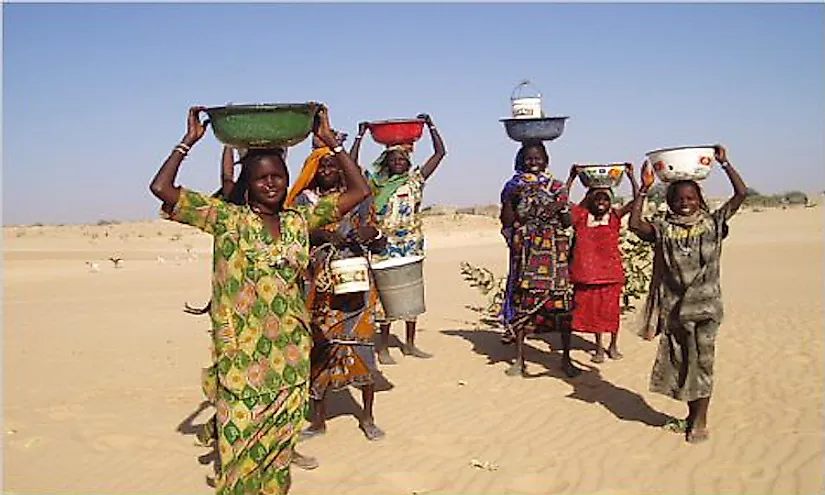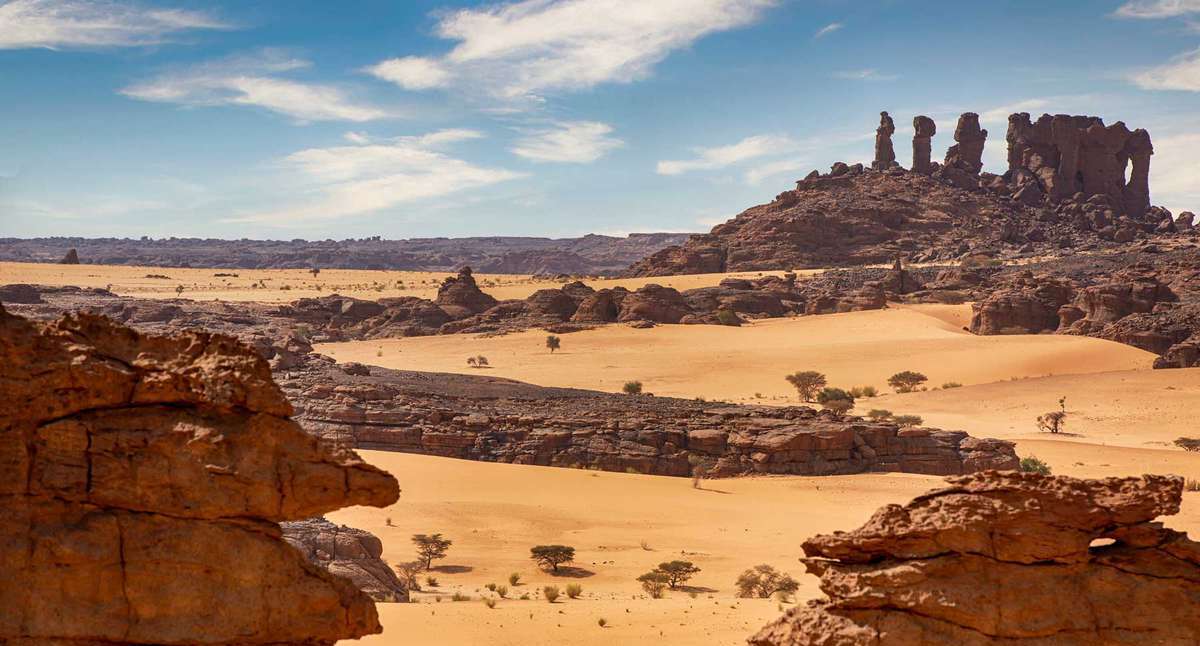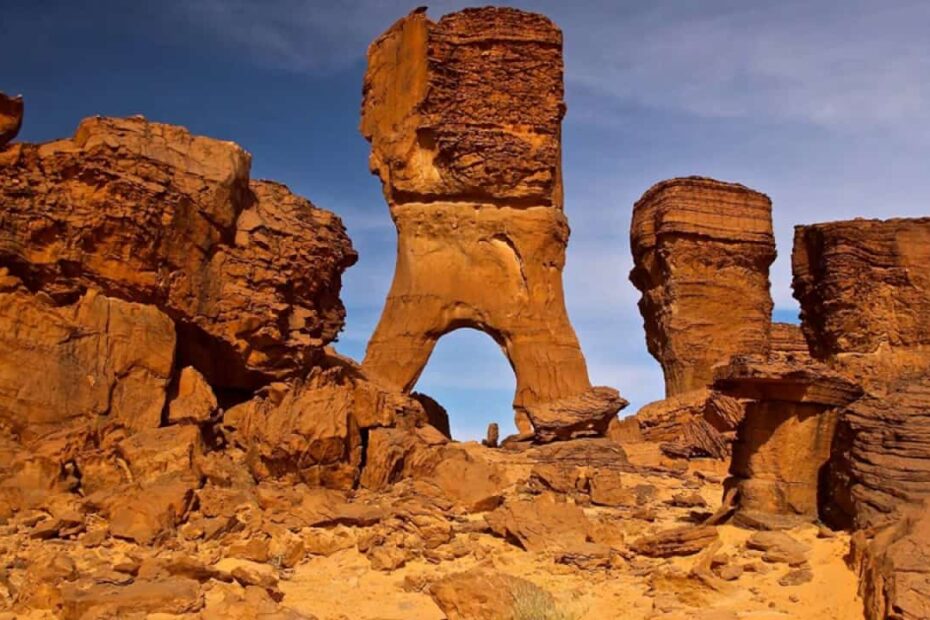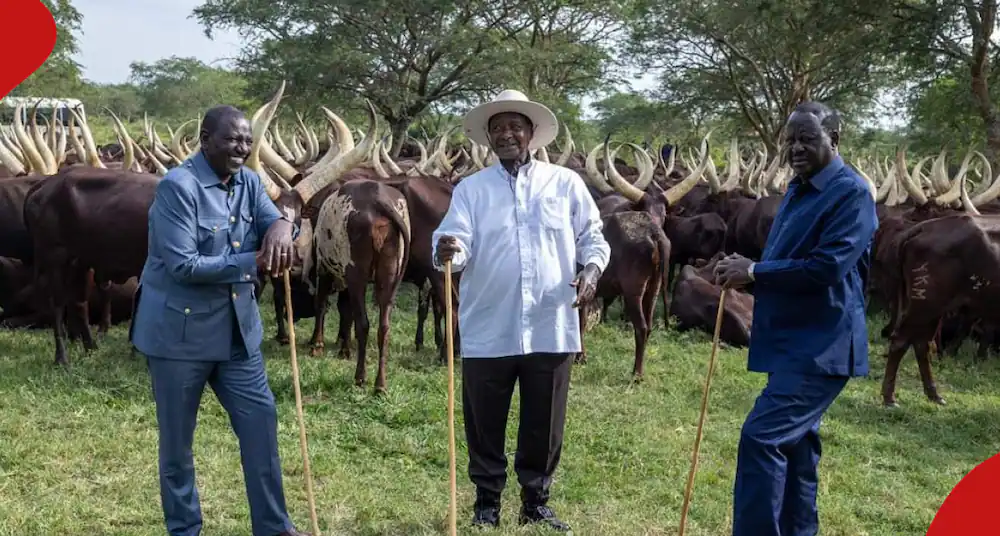Chad, a lesser-explored landlocked nation in Central Africa, shares borders with Libya to the north, Sudan to the east, the Central African Republic to the south, Cameroon and Nigeria to the southwest, and Niger to the west. Ranking as the fifth largest country in Africa, Chad comprises diverse zones encompassing the Sahara Desert, a Sahelian belt, and expansive savanna areas. Here are 13 fan facts about Chad.
Chad, primarily a semi-desert nation, boasts substantial reserves of gold and uranium, coupled with newfound advantages as an oil-exporting state.
Its history post-independence has been marred by turmoil and conflict, largely stemming from the divide between the Arab-Muslim north and the predominantly Christian and animist south.
Since achieving oil production status in 2003, Chad built a $4 billion pipeline linking its oilfields to coastal terminals. Despite this milestone, inadequate infrastructure and internal strife persist, aggravated by rebel conflicts in the north and the ongoing jihadist insurgency in the Sahel region and Lake Chad Basin.
Facts about Chad
- Capital: N’Djamena
- Area: 1,284,000 sq km
- Population: 17.9 million
- Languages: French, Arabic
- Life Expectancy: 51 years (men), 54 years (women)
Named after Lake Chad
Chad draws its name from Lake Chad, the second-largest lake in Africa and its most extensive wetland. Nestled within Chad’s borders, this freshwater lake shares its shores with Nigeria, Cameroon, and Niger. Since 1963, Lake Chad has alarmingly shrunk by up to 95%.
Lakes of Ounianga
The Ounianga Lakes, situated in the Sahara Desert, form a chain of 18 interconnected lakes. Among these lakes, some exhibit saline properties while others offer drinkable water, fostering diverse life forms. Recognized as Chad’s sole UNESCO World Heritage Site, these interconnected lakes hold significant ecological importance.
Guelta d’Archei
Guelta d’Archei stands as a distinguished canyon within the Sahara Desert. Offering an incredible panoramic vista, the region boasts ancient wall art that adds a medieval ambiance. This area is primarily inhabited by various wildlife, notably Nile crocodiles, adding to its unique allure.
Sahara Desert Dominance
The northern expanse of Chad is dominated by the Sahara Desert, blanketing around one-third of the nation’s total area. This colossal desert stands as the largest hot desert globally and the third largest overall.
Lake Chad a Freshwater Lake
Lake Chad, situated along the western borders of the country, was once recognized as the largest freshwater lake globally. However, profound climate shifts and severe droughts have drastically diminished the lake, reducing it to a fraction of its former expansive size. Nonetheless, this picturesque lake still maintains its beauty and serves as a hub for fishing and boating activities.
Zakouma National Park
Zakouma National Park stands as one of the last bastions in Central Africa, providing a haven for wildlife. Home to various animals such as African elephants, giraffes, buffaloes, roan antelopes, tiangs, and Lelwel’s hartebeests, this park is a sanctuary for nature enthusiasts. Renowned for its remarkable safaris, Zakouma National Park is a compelling destination not to be missed.
Toubou Tribe is the best Camel Racers in the Tibesti Mountains
The Toubou tribe, residing in the Tibesti Mountains, holds a distinctive claim as the world’s finest camel racers. Periodic competitions are organized to determine village champions, attracting global tourists who eagerly engage in camel racing amidst the picturesque mountain terrain.
Three Climatic Regions

Chad is divided into three distinct climatic regions. The northern territory encompasses the Sahara Desert, covering a significant one-third of the country. Characterized by scorching temperatures and sparse populations, this region experiences extreme heat.
Moving southward, the Sahel belt spans the central region, serving as the transitional zone between the desert and a tropical climate.
In the southern part of Chad lies a predominantly tropical climate, facilitating agriculture and settlement for the population, and allowing farmers to cultivate crops.
Lack of Doctors in Chad
One of Chad’s critical challenges involves the ability to access health. With a shortage of doctors, the country stands at a ratio of one Chadian doctor available for every 23,600 people. This scarcity significantly impacts Chad’s overall development prospects.
Unique features of Abeche City
Abeche, Chad’s fourth-largest city, holds remnants of ancient fortifications, structures, and tombs once inhabited by former sultans who governed the nation in bygone eras. While these relics are behind protective barriers, the town retains much of its historical allure, making it an essential destination to explore Chad’s rich history and culture.
Ennedi Region
In the heart of the Sahara Desert lies the Ennedi Region, characterized by its harsh yet stunning terrain, boasting some of the world’s most exceptional and peculiar rock formations. This natural marvel resembles an artistic masterpiece and remains a sought-after destination for avid hikers. A visit to this region promises an encounter with some of the most breathtaking and dramatic landscapes on the planet.
Severe Poverty Despite Huge Mining Industry
Regrettably, despite its rich cultural fabric, Chad grapples with severe poverty and widespread corruption, earning itself a place among the poorest and most corrupt nations globally. In 2008, Forbes.com ranked Chad as the seventh poorest country, and it frequently features in lists highlighting global corruption. Nevertheless, the country harbors substantial reserves of valuable resources like oil, uranium, and gold.
Approximately 80% of Chad’s population lives below the poverty line, facing immense economic challenges.
Despite possessing significant reservoirs of gold and uranium, Chad hasn’t maximized their potential due to inadequate attention and investment in its mining industry since the discovery of oil.
Tibesti Mountain: Facts about Chad

The Tibesti Mountains, located in the northern reaches of Chad, present a picturesque terrain comprising canyons, rock formations, and forests within the domain of the Toubou people. This mountain range, once a colossal extinct volcano, offers a challenging climb to its summit, usually attempted by seasoned climbers. Yet, the region boasts an array of captivating activities for visitors, including observing camel races, exploring ancient rock art, and visiting invigorating hot thermal springs.
How to reach Chad
When travelling to Chad, connecting flights are often necessary. The primary international airport is situated in N’Djamena, located 4.5 kilometres northwest of the city centre. Upon arrival, travelers can access the city center via train, bus, or taxi. Additionally, major international airports in Chad are found in Abeche and Faya.
Chad can also be reached by road from neighboring countries like Nigeria, Cameroon, or the Central African Republic. The roads are typically well-connected and in good condition for driving. Planning to visit, read through the 13 facts about Chad that will prompt you to travel to this unique landlocked country.



